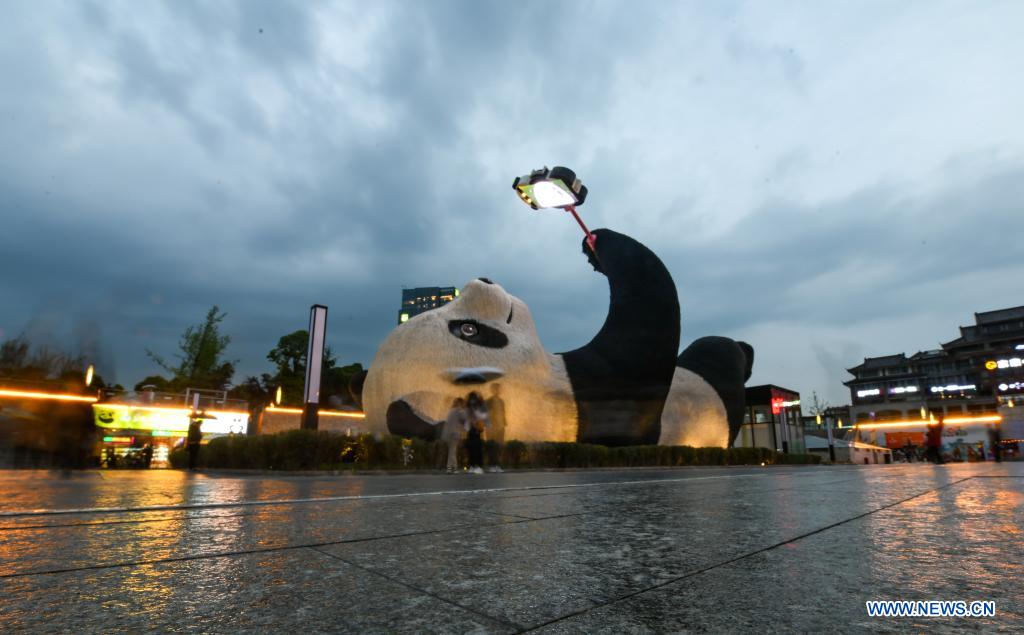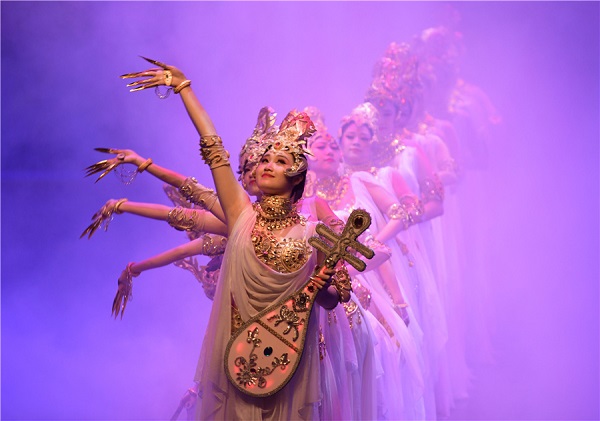Epigraph shows ethnic unity in ancient China
XI'AN, April 9 (Xinhua) -- The epigraph of an ancient Uygur prince shows that ethnic unity always existed in ancient China.
The epigraph of the prince is preserved in the Tang West Market Museum in Xi'an, capital of northwest China's Shaanxi Province. Written in Chinese and old Turkic inscriptions, the epigraph recorded the short life of the prince, who in 794 came to Xi'an, known as Chang'an at the time, when he was 18 years old.
The prince died of illness one year after coming to Chang'an. The epigraph wrote about his life, while also recording how the Uygur people helped authorities of the Tang Dynasty (618-907) tame the An-shi Rebellion.
The Uygur people played an important role in helping the Tang Dynasty maintain its rule by helping tame turmoil and defend against invasions, said Hu Ji, a professor at Shaanxi Normal University.
"Such stories were never written specifically in history books in the past, so the epigraph has very high research value," Hu said.
Photos
Related Stories
- China issues guideline for enhancing ethnic unity
- More ethnic unity urged across nation
- China to commend role models of ethnic unity
- China's top political advisor stresses ethnic unity, religious harmony
- Top political advisor calls for progress in ethnic unity
- China awards excellence in ethnic unity
- Top political advisor highlights ethnic unity
- Iranian diplomat experiences Chinese ethnic unity education at Huimin Primary School
- People's Daily calls for ethnic unity in Xinjiang
- Senior Chinese leader urges greater ethnic unity through music show
Copyright © 2021 People's Daily Online. All Rights Reserved.










